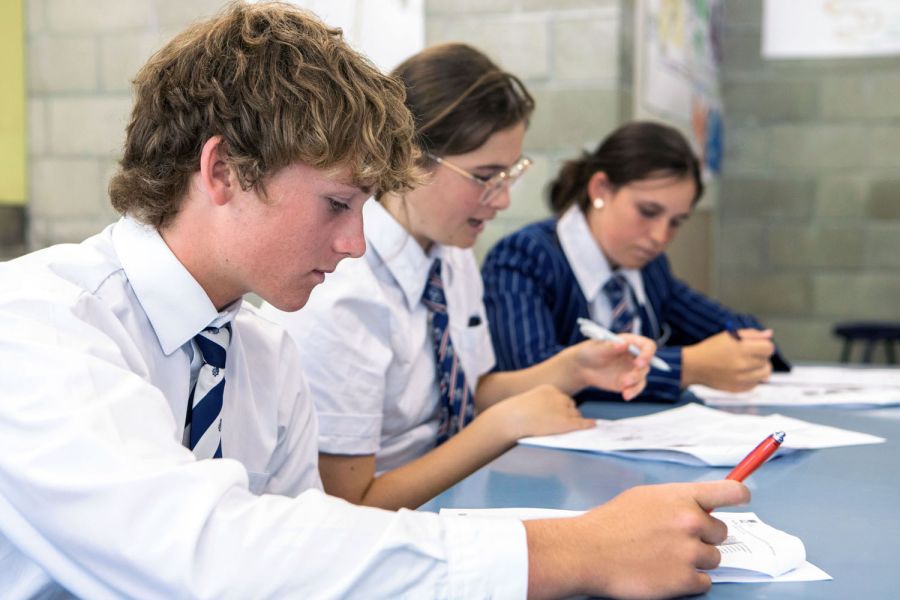Reflections on Global Positive Psychology Conference
17 July 2025
During the last school holidays, I had the privilege of attending the World Congress on Positive Psychology in Brisbane, alongside my colleague Helaina Coote, Assistant Principal of Secondary School (Academic). The conference brought together passionate researchers and educators from around the world. At its heart, positive psychology is about understanding and promoting the conditions that allow individuals and communities to flourish.
I feel very grateful to teach at a school that is committed to staying current, responsive, and research-informed in its approach to well-being. As a way to reflect and share, I’ve decided to write this blog post capturing some of the key learnings and insights that we’ll be bringing back to our school community.
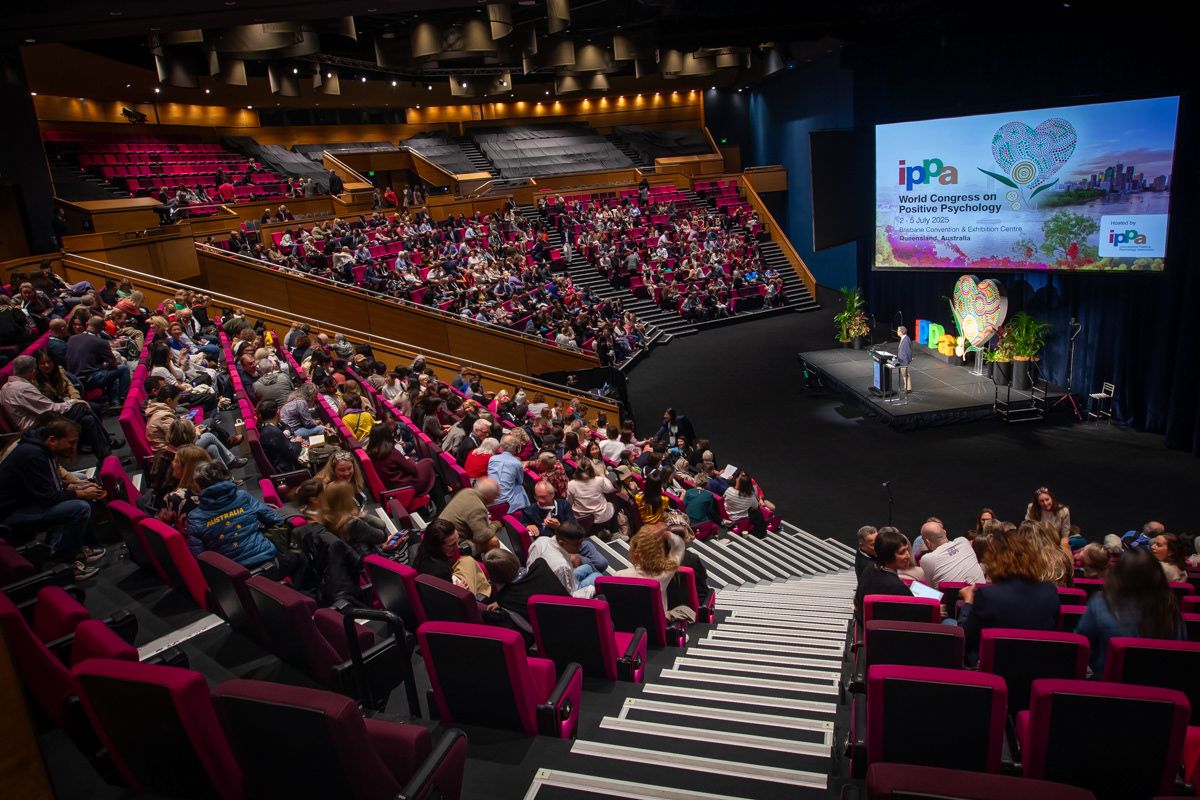
1. PERMA Remains Relevant and Research-Backed
I was delighted to see that the PERMA model, which we use as our College framework for well-being, continues to be a highly relevant and widely used tool in the field of positive psychology. Developed by Professor Martin Seligman at the University of Pennsylvania, PERMA stands for Positive Emotion, Engagement, Relationships, Meaning, and Accomplishment. Many researchers now also include a sixth pillar such as vitality to acknowledge the importance of physical health and energy.
What makes PERMA so enduring is its adaptability across different contexts including education, workplaces, and healthcare, as well as its strong research foundation. It was affirming to see that our use of PERMA at St Andrew’s is reinforced with robust and contemporary research.
You’ll hear more about PERMA-V in the year ahead at St Andrew’s, as we continue to develop and embed the framework as a core part of our proactive approach to student well-being.
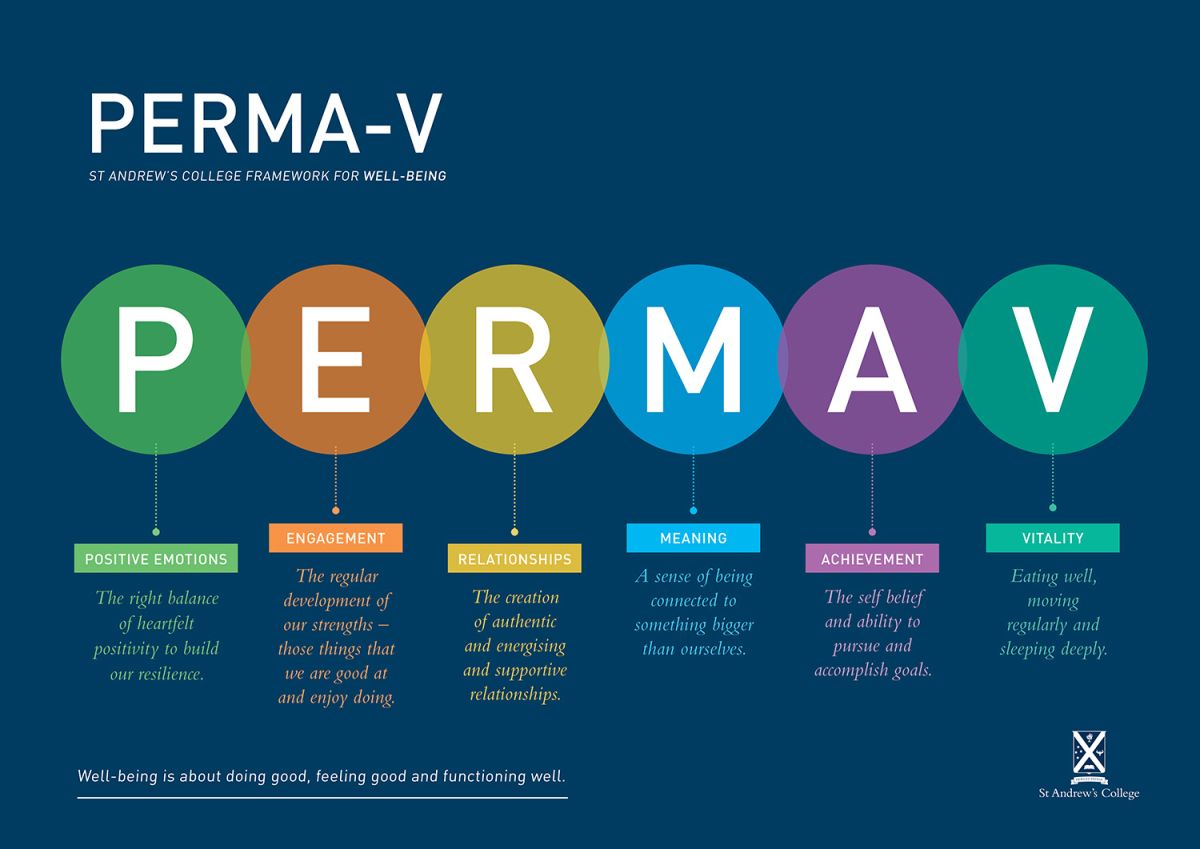
2. Connection and Positivity Resonance Matter
One of the most moving parts of the conference was hearing from Professor Barbara Fredrickson, whose work on positive emotions continues to shape the field. Her research on positivity resonance shows that shared emotions—like joy, gratitude, and love—are most powerful when experienced in connection with others.
These moments, built through face-to-face interaction, trust, and high-quality listening, create emotional and even physiological synchrony. But they’re also fragile—easily disrupted by disconnection, distraction, or discrimination.
It was a timely reminder that genuine connection really is at the heart of well-being. Whether it’s in the classroom, the staffroom, or the wider school community, these micro-moments of connection matter more than we often realise. Her findings reinforced the importance of fostering inclusion, empathy, and presence in our school culture. Every moment of authentic connection contributes to making us a more resilient and flourishing community.

3. From Individual to Community: The Rise of Collective Agency
One of the most thought-provoking presentations came from Professor Seligman, who shared his current work on collective agency—the shared belief that a group can shape its future. While psychology has traditionally focused on individual agency, Seligman argues that history shows it is collective agency, grounded in shared hope and efficacy, that drives real societal change.
This shift from “me” to “we” is a powerful theme in the next wave of positive psychology. In the face of global challenges like climate change, inequality, and mental health crises, the focus is turning toward community and collective action.
It reminded me that at St Andrew’s, well-being isn’t just about building resilient individuals—it’s about nurturing a resilient, visionary community.
4. Regenerative Positive Psychology: Caring for What Sustains Us
Professor Michael Steger from Colorado State University introduced the concept of regenerative positive psychology, which really sparked some big-picture thinking and discussion. He challenged us to look beyond personal well-being and consider the systems that support it—nature, culture, and community.
He asked powerful questions: Are we caring for the sources we harvest well-being from? Do we assume they’ll always be there?
This idea of regenerative well-being is about increasing the health and growth-generating capacity of life-sustaining systems. It’s a call to move from consumption to kaitiakitanga—the Māori concept of guardianship and stewardship—and to think about practices that support sustainability, equity, and long-term flourishing for both people and planet.
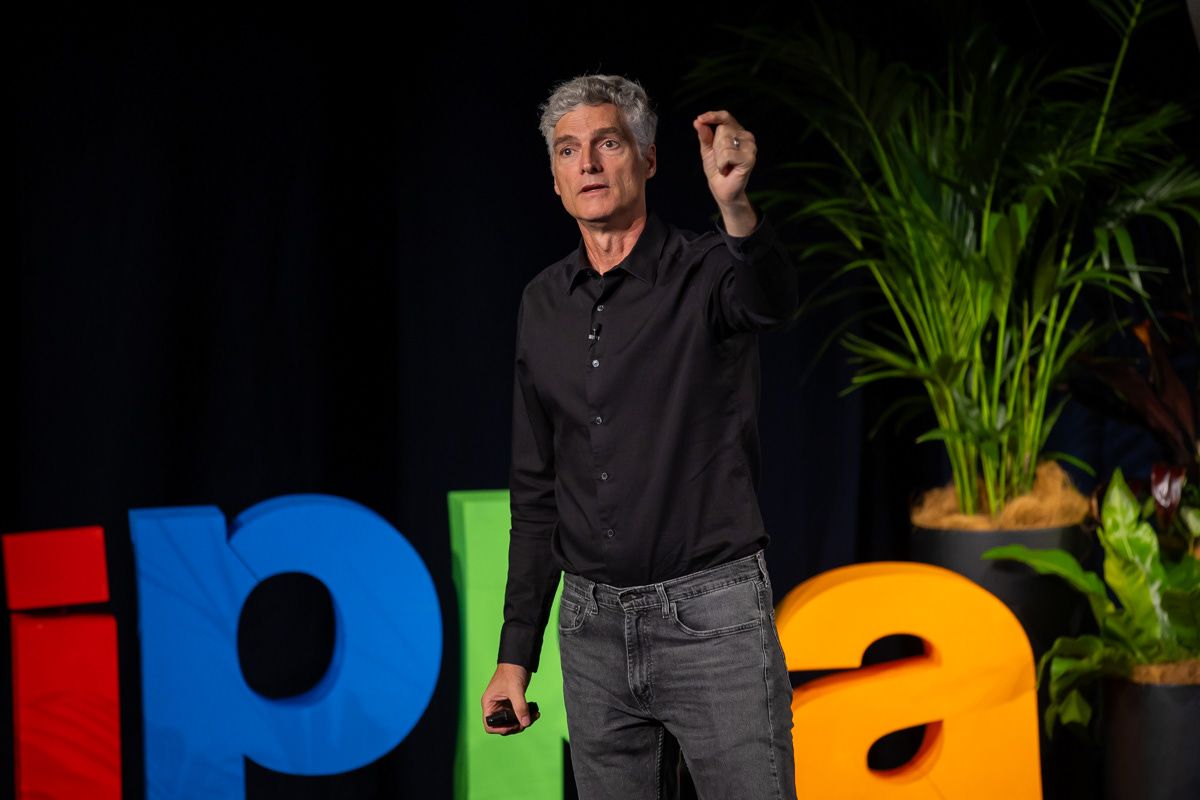
5. Meaning and Purpose: Anchors for Resilience and Growth
Professor Steger also spoke about the role of meaning and purpose as one of the strongest predictors of well-being. A key insight was the importance of ‘mattering’—the belief that one’s life has value and impact. This includes:
Personal mattering (“My life matters”)
Interpersonal mattering (“My life matters to others”)
Cosmic mattering (“My life matters in the grand scheme of things”)
In my time teaching, I have learned how protective these beliefs are for young people, helping them feel grounded and resilient in uncertain times.
At St Andrew’s, we often explore meaning through chapel, service, and pastoral care. This presentation reminded me how powerful it is when we help students connect their experiences to a sense of purpose and mattering.
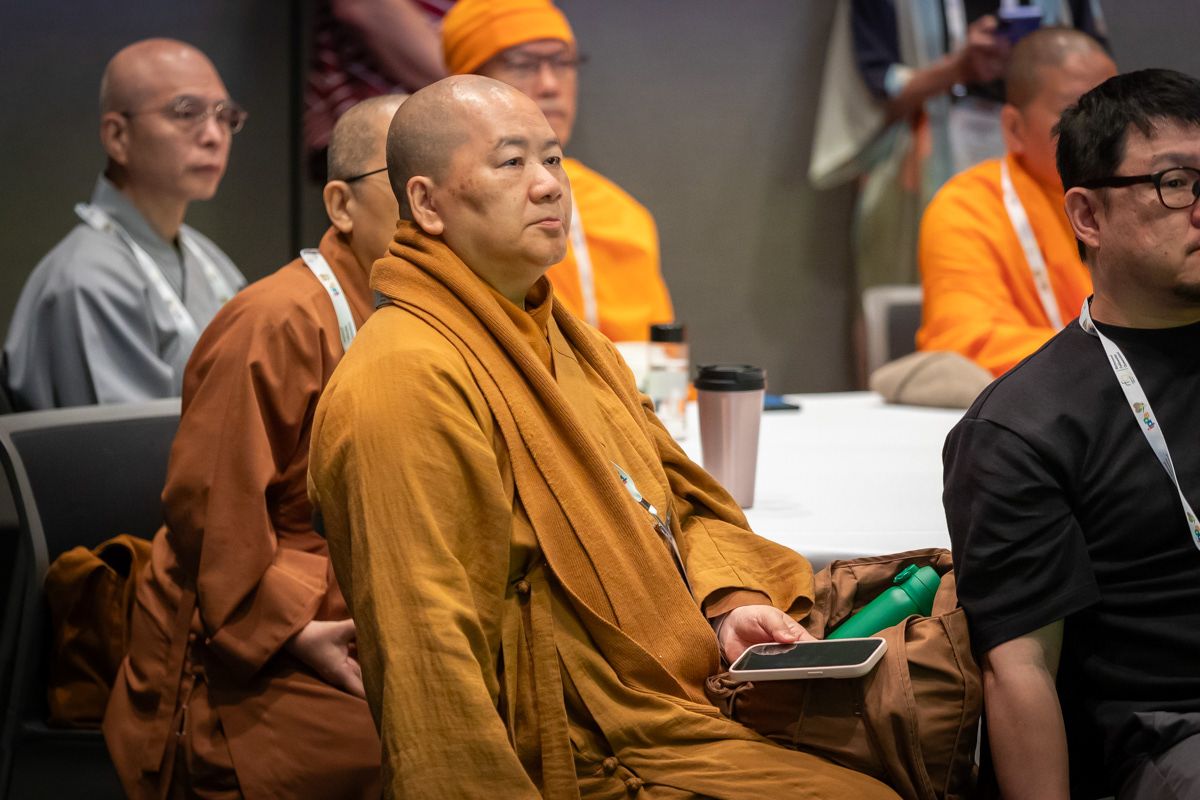
6. Adversarial Growth: Strength Through Challenge
Professor Lea Waters, from the University of Melbourne, shared powerful insights into adversarial growth—the idea that people can grow stronger, more compassionate, and more purposeful after facing adversity. Her research shows that this kind of growth isn’t automatic; it’s cultivated through strength-based approaches, supportive relationships, and community connection.
Her message resonated deeply. I thought about the quiet strength I’ve seen in students who’ve faced challenges, and how often their growth is shaped by the support around them. At St Andrew’s, this encourages us to see challenges not just as obstacles, but as opportunities for growth. By helping students identify and use their strengths (especially during tough times) we can support deeper, more lasting development.
7. What Works in Schools: Strategic, Inclusive, and Long-Term
Professors Dianne Vella-Brodrick and Lindsay Oades, also from the University of Melbourne, presented research on what makes positive psychology and well-being interventions effective in schools. The most impactful programmes are multi-component, strategic, and long-term. They involve the whole school community, build well-being literacy, and include student voice.
One-off activities or isolated lessons are far less effective than integrated, sustained approaches that align with school culture and values.
These ideas affirmed our current strategic direction and provided us with some best-evidence models that we can connect with.

8. Living Into Our Questions
As the conference drew to a close, Dr. Tayyab Rashid from the University of Toronto Scarborough offered a powerful reminder:
“The quality of your questions shapes your life.”
His emphasis on living into our questions suggests that our personal and collective narratives are not fixed. They are dynamic, evolving stories shaped by the questions we ask ourselves and each other.
Questions like “What matters most to me?”, “How can I grow from this?”, or “What kind of community do we want to be?” invite reflection, agency, and possibility. They help us reframe adversity, uncover strengths, and imagine new futures.
I left the conference with a renewed appreciation for the power of questions—not just as tools for inquiry, but as seeds for culture. Inspired by Dr Rashid, here are some of the life-giving questions I’m taking back to St Andrew’s:
How can we design learning experiences that help young people discover what truly matters to them?
In what ways can we move from individual resilience to collective agency?
What strengths do we already have as a community, and how can we use them to face future challenges?
How do we ensure that our well-being practices also care for the systems that sustain us—our environment, culture, and relationships?
What does it mean to matter to ourselves, to others, and in the grand scheme of things, and how can we help our students feel that?
How can we create more moments of genuine connection and positivity resonance in our daily school life?
What stories are we telling about who we are and who we’re becoming as a school?
How can we embed hope, imagination, and agency into the fabric of our school culture?
What questions will guide our next chapter of well-being at St Andrew’s College?
The World Congress of Positive Psychology was a powerful reminder that well-being is a dynamic, evolving practice—one that must be grounded in research, shaped by community, and responsive to the world around us. The ideas and research presented affirmed the direction we’re taking at St Andrew’s and offered new ways to think about flourishing—not just for individuals, but for communities and systems. Themes such as connection, sustainability, meaning, and collective agency were deeply relevant to the work we do at St Andrew’s. As we continue to embed PERMA-V into the fabric of our school, we remain committed to staying connected to research and reflective practice. And may we keep asking the kinds of questions that help us grow—not just as individuals, but as a flourishing community.
Related Posts

